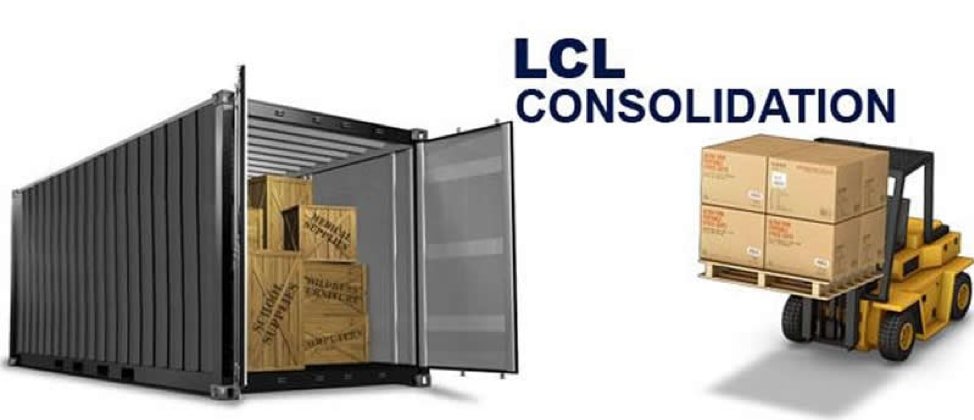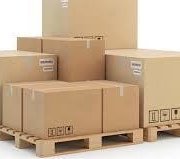#DidYouKnow – LCL packaging and shipments
In this article for #DidYouKnow we consider the steps and precautions that need to be taken into account in consolidated shipments and groupage operations.
When sending an ocean freight LCL (Less than a Container Load) shipment the cargo needs to be carefully prepared. LCL shipments require container sharing, and therefore the shippers need to take extra caution to ensure the integrity of the merchandise handled.

Source: Fortune Global
The two most common causes for damages to LCL loads are the collapse of stowed materials caused by the shipper’s improper stowage of cargo inside the container, and insufficient individual packaging and contamination caused by the incompatibility of cargo within the same container.
This prompted us to draft this article to clarify the issue at hand: How should an LCL shipment be properly packaged and prepared? Certain aspects need to be considered when ensuring safe transportation of this type of cargo. Some of these include identifying whether the goods in the shipment are fragile, and how many boxes will eventually comprise the entire consignment. Once these questions are ascertained, the shipper can prepare the packaging and the proceed with the labeling of the goods.
In terms of the boxes and packaging, the general rule of thumb is to pack all the goods in boxes, and avoid the use of suitcases or bags. Ideally, special boxes designed for export should be used. Should the shipment contain delicate merchandise, the empty space inside the boxes should be filled with plastic packaging bubbles for added padding and protection. Finally, each box needs to be individually and securely sealed.
On the outside of the boxes clear labels need to be placed, containing the names of the shipper and the consignees, country of destination, name of the freight forwarder and the booking number. If the merchandise is fragile, the “Fragile” label should appear on the sides of the boxes. There are other types of labels that could be added to containers with delicate cargo. These include the orientation of the box to be handled, storage advice, chemical identifiers, etc. Whether or not the labels are placed on the boxes is up to the shipper and to the nature of the cargo.
The labels should also identify the total number of boxes within each shipment. The label should have a number that indicates each box position with respect to the total number of boxes: “Box 1 of 30”.
Finally, when preparing the boxes merchandise needs to be arranged evenly and uniformly. Shipping prices are calculated based on the cubic volume of the contents. Once cargo volume is calculated and the booking is placed with a freight forwarder, it is time to start thinking about palletising the goods. Unlike an FCL shipment where goods can travel loosely within a container, LCL containers are shared. Everything has to be perfectly and properly palletised. When measuring the volume of your shipment, one needs to always take into consideration the pallets used.
Once all of these steps have been taken, the shipment is ready to be sent on its way to its final destination in a safe and organised fashion.
Written by:
- Raquel Nunes, Training Programmes & External Relations Manager (Escola Europea – Intermodal Transport)

